
Do you have doubts about video marketing? This article will clear those doubts.
According to a report by HubSpot, these are the top six platforms on which web users watch videos:
- YouTube
- Netflix
- Amazon Video
Four out of these six are social channels. There’s no better way to catch the attention of consumers on these four channels than video marketing.
Why You Should Invest in Video Marketing
Below are six reasons why you should invest in video marketing:
1. Boost the Awareness of Your Brand
You need to create awareness about your product or service if you want to increase sales. The more people know about your product, the better your chances of turning them into customers.
Consumers watch videos on YouTube, Facebook, Instagram, and Twitter.
According to Animoto’s 2018 survey about the state of social video, 93% of marketers said they landed a new customer, thanks to a video on social media. And 88% of marketers surveyed revealed that they were satisfied with the return on investment (ROI) of their video marketing efforts on social media.
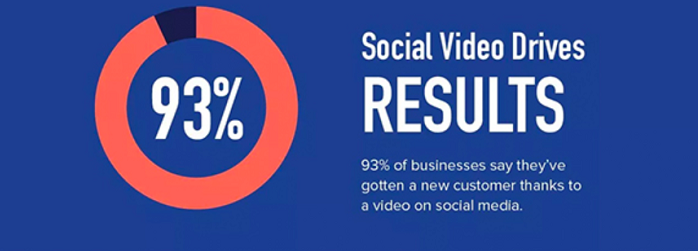
Buffer found that video performs better than all other types of posts on Facebook. About 81% of the top 500 Facebook posts in 2018 are video.
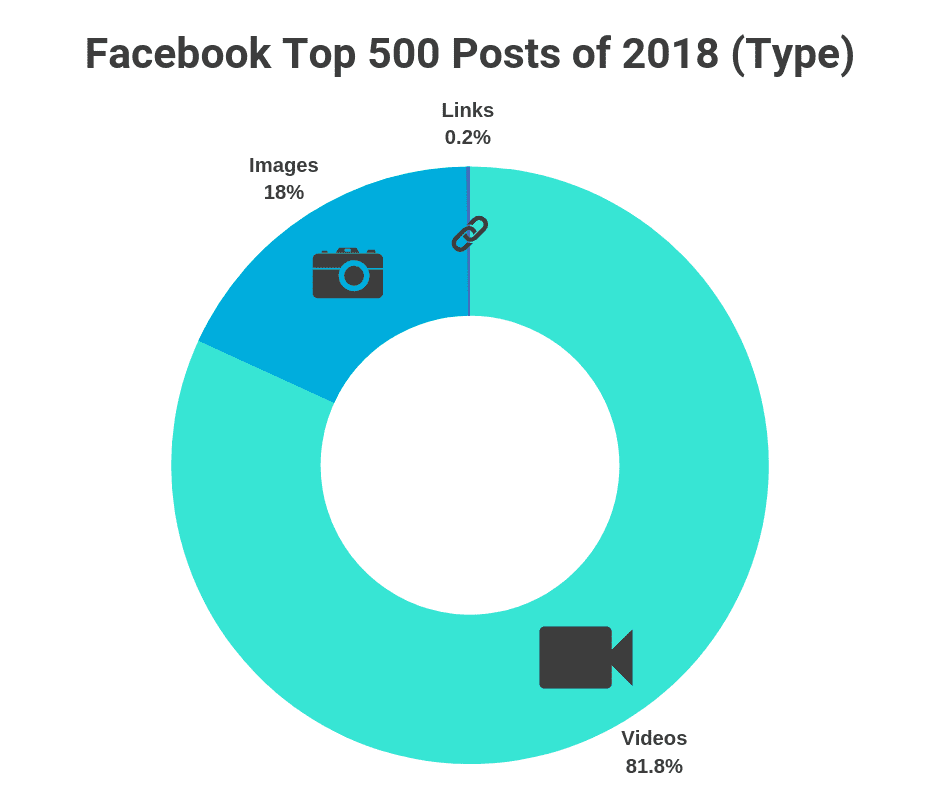
2. Increase Conversions
Displaying videos on your landing pages can increase conversion by 80%. If you’re currently making sales without video, you can generate a lot more sales when you use video.
You can use video to give a short demonstration of your product. Videos make prospects feel more confident in a purchase.
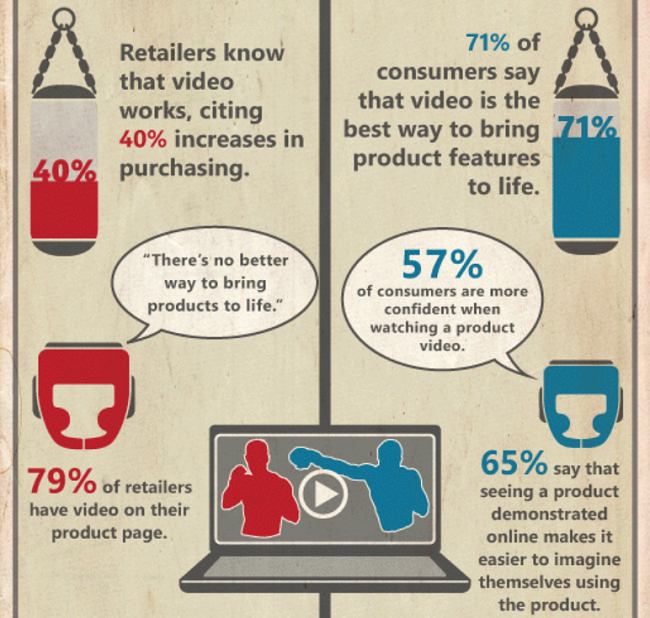
HubSpot Research found that 54% of consumers prefer video content.

3. Build Trust with Prospects
Trust is the key to selling online. If consumers don’t trust you, they won’t buy your products and services. Video marketing helps you build trust online.
With video, you can engage with your audience in ways you can’t through other types of content. You can demonstrate your expertise better in videos than in written content.
Viewers can see everything you do, every step you take in a video. When consumers see everything you do in a video, they trust you more. That’s why 40% of millennials trust YouTube for content. And 60% say videos they’ve watched have changed their worldview.
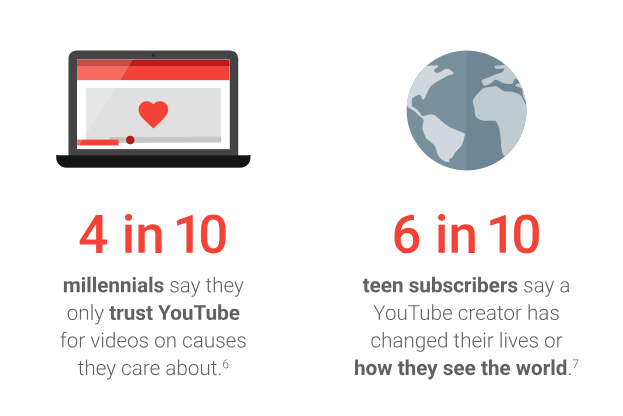
4. Demonstrate Your Knowledge Quickly
Video content lets you get your points across quicker than if you were using text or any other type of content. It saves your prospects time. They learn faster in videos.
If an image is worth 1,000 words, a minute in a video is worth 1.8 million words according to Forrester.

When both video and text are available, 72% of web users would rather choose video.
5. Get More Traffic from Search Engines
Your target customers use search engines every day.
Videos are one of the best ways to drive visits from Google, the largest search engine in the world. Videos now appear for 55% of searches on Google, and 82% of those videos are from YouTube. YouTube is the second largest search engine, only behind Google.
6. Get Traffic from YouTube
YouTube receives 1.9 billion visitors each month. Your customers visit YouTube.
On mobile alone, YouTube reaches more 18-48-year-olds than any broadcast or cable TV network.
YouTube is the platform you should be if most of your target customers are millennials. According to Google, 67% of millennials agree that they can find a YouTube video on anything they want to learn.
Know Your Objective from The Start
You should know what you want to accomplish with video marketing before you invest in it. Some businesses invest in video marketing to increase brand awareness, while some do it to improve sales.
It’s hard to know if your video marketing campaign is a success or failure when you don’t have an objective. The below image from an Ascend2’s Video Marketing Survey shows the top objectives of many businesses for doing video marketing:
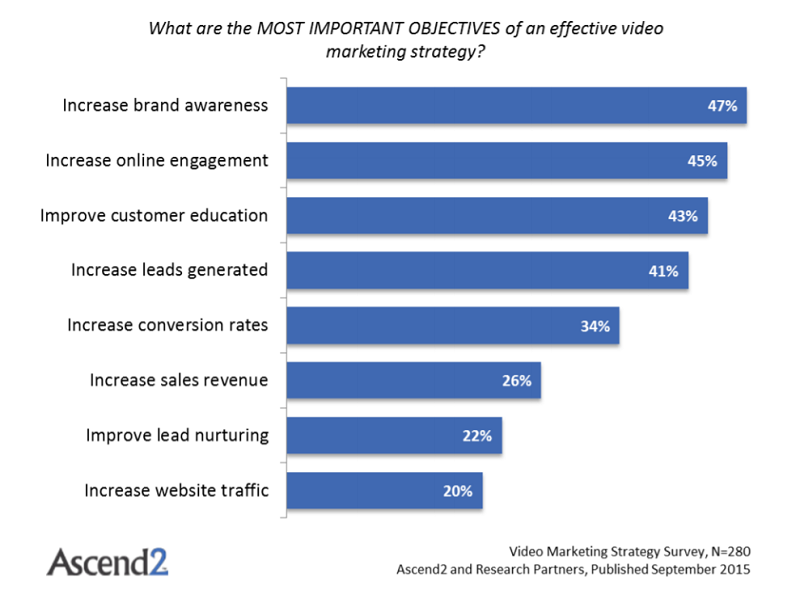
So, what’s your objective for video marketing?
According to the American Marketing Association, the average consumer sees 10,000 brand messages per day.
Don’t make your video one of those brand messages they see and ignore. You need to make them act after seeing your video. You can’t accomplish that without an objective.
You should know your customers before investing in video. What do they like? What can you make them do after seeing your video?
Yoox Net-A-Porter is one of the world’s largest online luxury outlets. They knew their customers want exclusivity. So, they ask their video viewers to buy one-of-a-kind item after 25 seconds of watching their videos. It worked. Viewers bought their products.
Know your objectives and use video marketing to achieve them.
Choose the Right Channels
Lots of marketing channels today allow you to publish video content. But that doesn’t mean you should post videos on every one of them.
Only publish videos on the right channels. The right channels are marketing platforms your targeted audience spend time online and want to consume videos.
The below eight channels are perfect for video content:
- YouTube
- Social Media
- PPC
- Search Engines
- Homepages
- Landing Pages
- Blogs
Web users spend over 3.25 billion hours watching videos on YouTube each month.
Facebook gets 8 billion average daily video views and 100 million hours of video are watched per day.
Web users watch videos on other social media platforms like Instagram, Snapchat, Twitter and LinkedIn. In fact, 25% of Instagram ads are videos, and they have the most engagement rates.

Add videos to your blog posts. Blog readers like videos because they are easier to consume than texts.
Produce Video Content That Helps You Achieve Your Goals
Videos are one of the quickest ways to establish trust with your audience. But is that your goal? If it’s your goal, then you should create a video that helps you build that trust.
Always keep your objective in mind when creating video content.
There are different types of video content. Some are great for building trust. Some are perfect for generating awareness. While some are ideal for increasing conversions.
Below are seven types of video content:
1. Product Demonstration Video
Product demonstration videos are powerful sales tools. They help you close deals.
Small businesses create demo videos to address sales objections a potential customer may have.
For example, if the customer thinks that your product won’t solve their problems or it’s too difficult to understand, you can use a demo video to explain the features of your product and why it’s the right choice for them.
Demo videos increase conversions.
Financials for Office365 has a demo video on their website that explains what their product is about and the things you can do with it.
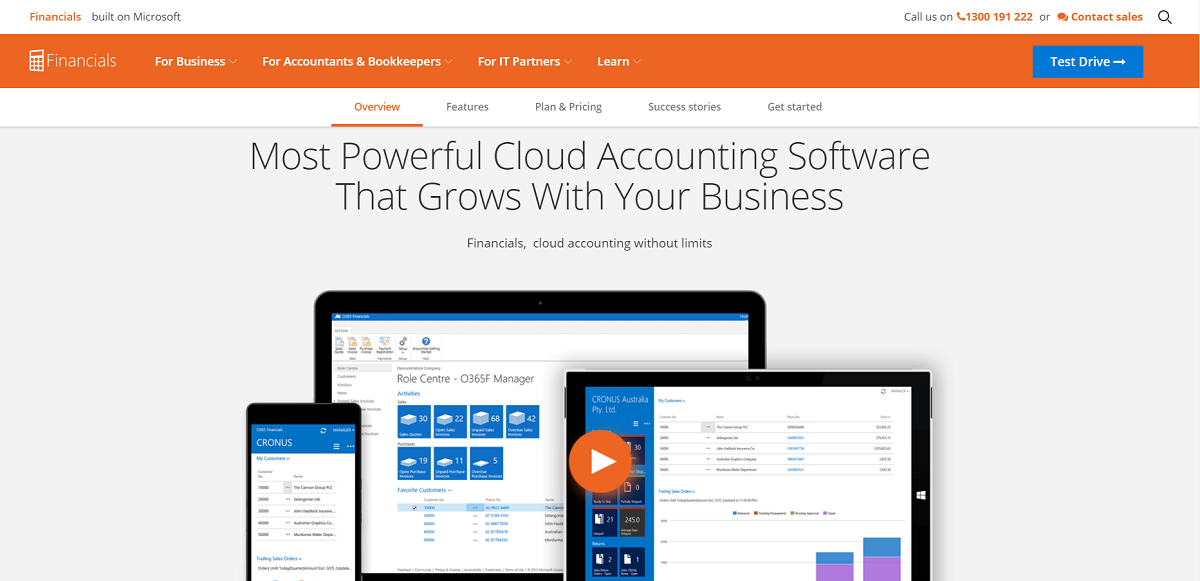
2. Animated Video
Animated videos contain illustrations. You need an illustrator to create them. Animated videos are funny and educating.
The below is a fantastic animated video by Slack.
Animated videos like this raise awareness about your product or service.
3. Live Video
Live video is hot and new right now. Marketing platforms are moving to live streaming. YouTube, Facebook, and Instagram allow influencers and businesses to create live videos.
Beyond Yoga sells yoga apparel and workout clothes. The company used Instagram Live to film a yogi wearing their gear throughout an entire session. Customers could see how the fabric fits on the body in the live video.
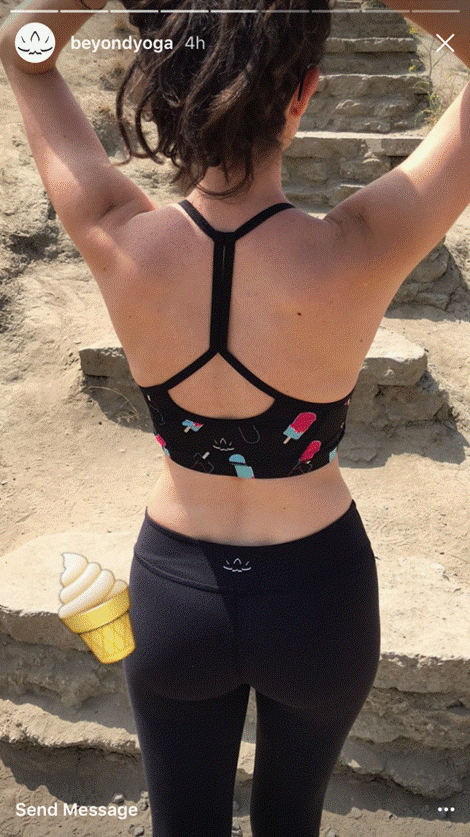
An Instagram live video like this reduces a customer’s hesitancy to purchase.
Live videos are great for building trust with prospects and increasing conversions.
4. Testimonial Video
Testimonial videos help you gain trust faster than other types of video content. Prospects get to hear from customers who are happy with your products, or services. There’s no better way to build trust online than that.
The video informs your customers about how good your product is.
Customers pay a lot of attention to what other customers like them have to say. If they hear good things about your product, it makes them excited to buy too.
For example, Stephanie Herrera overcame some major obstacles in her life to get to where she is today. Salesforce is one of those tools that make her dreams possible.
This type of testimonial video converts prospects into customers.
5. FAQ Video
FAQ means frequently asked questions. These are questions your prospects and customers ask you almost all the time. Create a video that answers each question.
Many businesses still use texts on their FAQ pages. Use videos or combine both.
Why?
It’ll help customers understand your answers better and faster.
6. Educational Video
Your customers want to learn some things. Teach them.
Creating educational videos can help you save thousands of dollars in advertising and position your company as a leader in your industry.
GE uses videos to educate prospects.

7. Event Video
Do you organise events related to your business? Film and publish them online. Customers will like to learn about your events. Some customers may want to be part of your events.
A customer who watched your event video may want to attend the next event you organise. That builds loyalty in customers.
Making Video Marketing Work for Your Business
Your business needs video if you want to compete in 2019 and the years ahead. By the end of 2019, 80% of global internet consumption will be video.
So, how do you make video marketing work for your business?
Know Your Customers
Who are your customers? What kind of videos do they like to watch? Learn as much as you can about your customers. The more you know about them, the more effective your videos would be at convincing them to buy your products or services.
Don’t look at the videos your competitors are creating and try to make something similar. Although your products or services may be related, it doesn’t mean they are doing the right thing, or they are invested in learning about their customers.

Each buyer persona contains details of a fictional individual who represents your ideal customer. A buyer persona helps you make videos prospects want to watch.
Know Your Key Performance Indicators (KPIs)
It’s hard to know if your video marketing campaign is working when you don’t know and track your key performance indicators (KPIs).
KPIs are metrics you track to measure your efforts. Thanks to amazing analytics tools provided by platforms like YouTube, Google Analytics, Facebook Insights, it’s never been easier to track your video marketing metrics.
Various platforms offer different metrics that are related to them.
For example, Facebook lets you see the average reach of your videos and engagement.
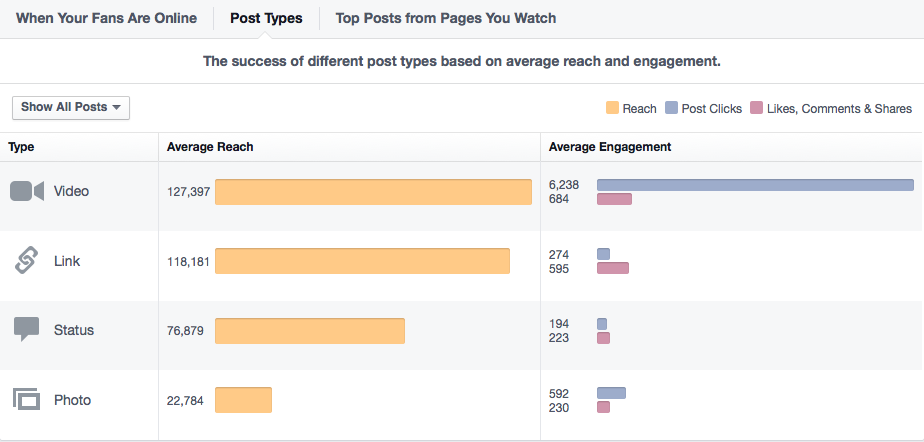
You can also see key video metrics like retention, average view duration, video views, 30-second video views and many more.
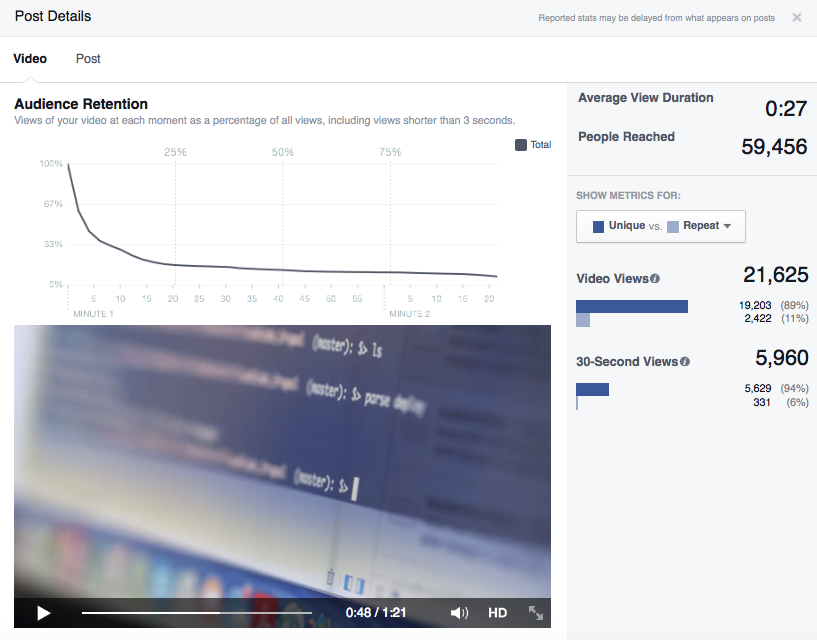
Facebook present metrics that tell you how people engaged with your video. YouTube is another platform that gives different important video metrics.
Know the metrics or KPIs you need to determine if you’re achieving your objectives, or not.
For example, if your objective is to build trust with prospects, you should track engagement metrics like the number of comments, likes, and shares your videos received during a period.
If your goal is to increase conversions, the number of people who visited your website and give you their email addresses or buy your product should be more important.
If your goal is to increase the awareness of your company, then you should pay more attention to the number of views your videos receive.
Know where your customers are spending most of their time online
The best way to know where most of your customers spend time online is to ask them. There’s no better way. Because a potential customer posted on Facebook groups doesn’t mean most of your customers go to Facebook groups.
Prospects can tell you where they spend most of their time. Arrange some informal interviews with your customers or prospects and ask them this question.
Once you know where they spend most of their time online, you can begin to create and publish awesome videos on the platform.
Know the cost and how you want to create the videos
Video marketing is time-consuming and more expensive than most other marketing strategies. That’s why some businesses don’t use it.
But 52% of businesses that use video marketing say it’s the type of content with the best ROI. So, video marketing may be more expensive and time-consuming, it still offers the best ROI.
The availability of smartphones, cheap and good DSLR cameras, and low-cost editing tools have made it easy for anyone to publish videos. You can shoot videos from your home or business location.
If you’re shy of cameras, or you don’t have the time to shoot and edit videos, you may want to hire a marketing consultant to help you create an effective video marketing campaign. That’s what we do here at Grow.
Don’t hesitate to contact Grow to get any marketing help you may need. We help small businesses grow through digital marketing.
Discover
The 12 Marketing Secrets of Fast-Growth Companies
Find out what they do to achieve outrageous business success

Get your free copy

 By
By 
Post a Comment
You must be logged in to post a comment.